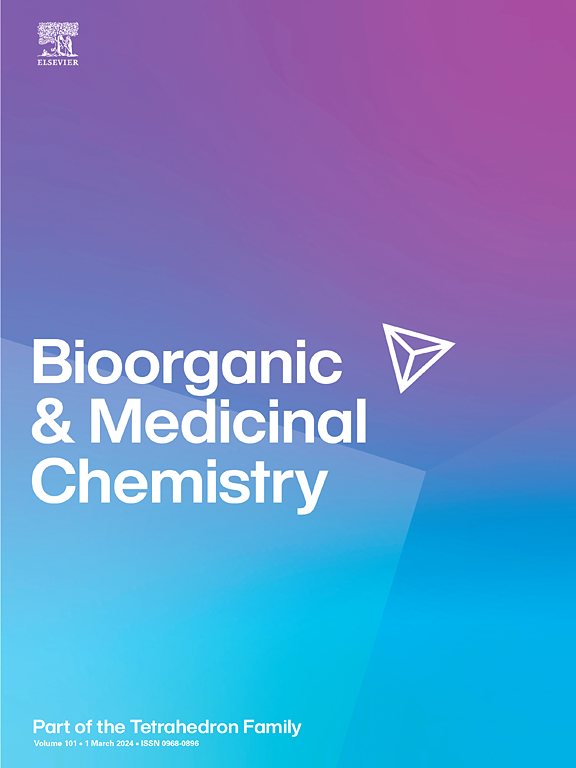Janus dendritic ionizable lipids with fine designed headgroup and tails to improve mRNA delivery efficiency
IF 3.3
3区 医学
Q2 BIOCHEMISTRY & MOLECULAR BIOLOGY
引用次数: 0
Abstract
Lipid nanoparticles (LNP) are recognized as the most efficient non-viral carriers for the delivery of nucleic acids including small interfering RNA (siRNA) and messenger RNA (mRNA). Ionizable lipid within the system is pivotal component influencing encapsulation, endosomal escape, delivery efficiency and immunogenicity. Accordingly, the precision design of ionizable lipids is a key step in the development of LNP. In this report, we constructed sixteen Janus dendritic ionizable lipids by varying numbers and alkyl chain length of tails based on different ionizable head containing hydroxyl and tertiary amine groups. The corresponding LNP were prepared by using microfluidic mixing device, with all samples exhibiting particle size around 100 nm and polydispersity index (PDI) below 0.2. In vivo validation demonstrates that two optimized ionizable lipids containing two hydroxy groups, two tertiary amines and six hydrophobic chain tails (U-502, U-503) show superior delivery efficiency compared to lipids with less tails and commercial ALC-0315. Hematoxylin and Eosin (H&E) staining of tissues, immunogenicity, liver and kidney function tests additionally confirm that both ionizable lipids have favorable biocompatibility and low in vivo toxicity. Lysosomal escape and cell transfection data verify the in vitro delivery efficacy of these LNP. Taken together, Janus dendritic lipids with fine designed ionizable head and multiple hydrophobic tails have improved mRNA delivery efficiency and biosafety, which may be promise in the development of delivery system.

求助全文
约1分钟内获得全文
求助全文
来源期刊

Bioorganic & Medicinal Chemistry
医学-生化与分子生物学
CiteScore
6.80
自引率
2.90%
发文量
413
审稿时长
17 days
期刊介绍:
Bioorganic & Medicinal Chemistry provides an international forum for the publication of full original research papers and critical reviews on molecular interactions in key biological targets such as receptors, channels, enzymes, nucleotides, lipids and saccharides.
The aim of the journal is to promote a better understanding at the molecular level of life processes, and living organisms, as well as the interaction of these with chemical agents. A special feature will be that colour illustrations will be reproduced at no charge to the author, provided that the Editor agrees that colour is essential to the information content of the illustration in question.
 求助内容:
求助内容: 应助结果提醒方式:
应助结果提醒方式:


